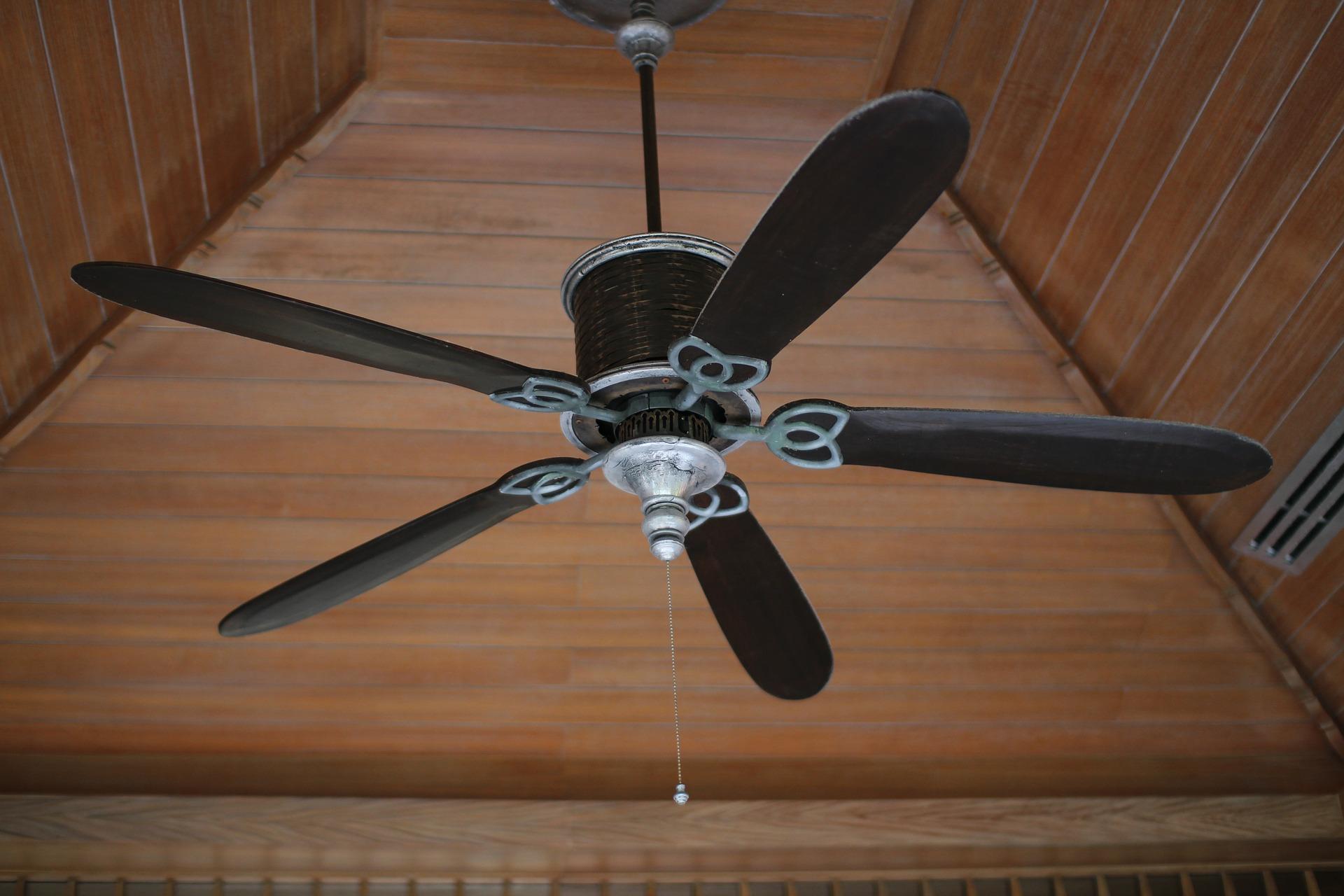Incorporating a ceiling fan in the kitchen can sometimes be a challenge! There are often height restrictions involved or spacial limitations with cabinetry and other lighting fixtures already taking up a fair chunk of space. Today’s post runs through our best tips to help you not only choose the right kitchen ceiling fans for your needs and space, but also the associated cost saving benefits.
The Benefits of Kitchen Ceiling Fans
Installing a ceiling fan in your home, namely in the kitchen and dining area, serves many functions. The key benefits include:
- Home heating and cooling benefits
- Circulate stagnant indoor air
- Eliminate cooking odours from the kitchen and dining areas
- Keep flying insects (eg: pesky mozzies and flies!) away
From assisting in home cooling to circulating indoor air and odours, ceiling fans also provide an amazing and cost effective solution in the home that will seriously help you keep those energy costs down.
The Energy Saving Benefits of Kitchen Ceiling Fans
You know those days where it’s not quite hot enough to justify turning on the air conditioner but you just need a little bit of AIR, dammit! A fan will provide more than adequate air circulation and cooling in your home for a more comfortable space, using as little power as a single 60 watt light globe and costing an average of just 2 cents per hour. What’s more is, on those extremely hot days throughout Summer, when running an air conditioner is next to unavoidable, using your ceiling fan in conjunction with your air conditioner will help reduce running costs by up to a whopping 40% – Now that’s a definite money saver!

The savings don’t stop in Summer: If your new ceiling fan includes a reverse mode function, running the fan during the cooler Winter months will assist in circulating the warmer air (that normally travels upwards to the ceiling) DOWN. This function helps keep your Winter heating bills in check, lowering the overall costs by up to 10%.
Location, Size and Style
As you can see above, ceiling fans serve many benefits in the home. Due to their size however they can often be difficult to place, especially in the kitchen where ceiling space can be at a premium.
Choose a ceiling fan that is proportionate in size within the space it will be installed; this not only offers a more balanced look in the room but will also ensure the fan is working at it’s best for size of the space. Use the handy chart below to determine your ideal fan size; for larger rooms, you may want to consider installing two separate ceiling fans for optimal effectiveness.

Before purchasing and settling on the final placement of your new ceiling fan, a few other things to consider include:
- When placing your new fan, ensure the blades will not interfere with any overhead cupboards or light fittings (always check to make sure your overhead cupboards won’t be bumping into the blades when opened as well!)
- Consider different styles of fans: With or without a built in light fitting? Do you prefer retractable blades for a more minimal design? Have a good browse of a few different showrooms to find a fan that will not only suit your needs but will also blend into your home’s overall style
- Look into what controls or functions are available with your selected fan: Does it have seasonal settings? Are you able to adjust the lighting or the speed of your fan? Does your fan come with a remote control?
- Ceiling fans will have an Airflow rating listed in their specifications. A fan’s airflow rating refers to the the amount of air the fan can move; the higher the Airflow rating, the stronger your new fan will be
- Does your selected ceiling fan use an AC or DC motor? While AC motors are the most common, DC motors are often much quieter and will also use up less energy to run

Although there are a few key factors to take into consideration when selecting your new kitchen ceiling fan, the process is quite simple once you know what exactly it is you’re looking for; We hope this blog post has helped make your decision that much easier!
This post was inspired by a discussion in our Facebook Group, Home Design & Decorating 101! Click here to join to have all your home related questions answered, meet new friends and get inspired every day!

FURTHER READING:
- Lighting Solutions for your Kitchen
- Custom Kitchens: The Perks of Custom Designed Cabinetry
- Timeless Kitchen Design: Trends to AVOID!
Header image credit: Pixabay

Leave a Reply